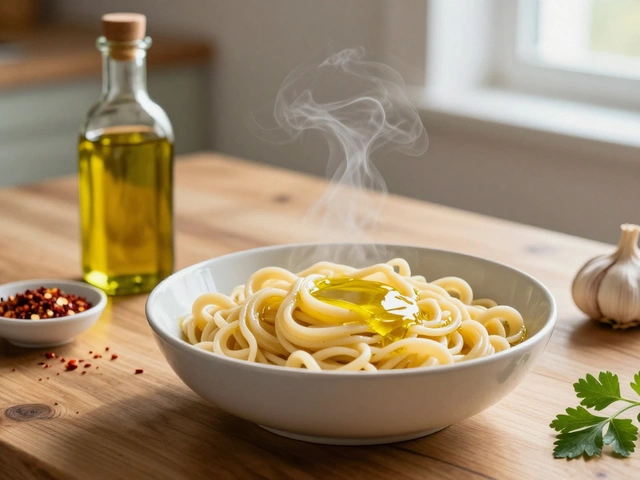Affordable Cooking: Budget‑Friendly Indian Recipes and Practical Tips
Cooking on a tight budget doesn’t mean you have to ditch taste. With a few smart moves you can enjoy authentic Indian flavors without breaking the bank. Let’s look at the basics that keep costs low while delivering big flavor.
Plan, Shop Smart, Cook Simple
Start with a weekly plan. Write down the meals you want, then check your pantry for staples like rice, lentils, flour, and basic spices. Buying these in bulk saves money and reduces waste. When you shop, stick to the list and avoid impulse buys – the grocery store is designed to tempt you.
Root vegetables, onions, and potatoes are cheap, store well, and form the backbone of many Indian dishes. Pair them with a handful of dried beans or split peas, and you have protein, fiber, and satiety in one pot.
Make the Most of Your Spice Rack
Spices give Indian food its signature kick, but you don’t need a full cabinet. Focus on a few versatile ones: cumin, coriander, turmeric, and chili powder. These can flavor dal, vegetable curries, and even simple fried rice. Buying whole seeds and grinding them yourself stretches the supply and boosts flavor.
When a recipe calls for fresh herbs like cilantro, use only a small amount as a garnish. You’ll still get the fresh burst without using a lot of pricey greens.
One‑pot meals are a budget hero. A basic dal, for example, only needs lentils, water, salt, and a tempering of oil, cumin seeds, garlic, and chili. Cook it in a pressure cooker or pot, and you have a protein‑rich dish that feeds a family with minimal effort.
Another quick option is a cauliflower‑potato curry. Roast cauliflower florets and potatoes in the oven with a drizzle of oil and a sprinkle of turmeric and cumin. Finish with a splash of yogurt if you have it – the creaminess balances the spice without needing expensive cream.
Leftovers become the basis for new meals. Turn leftover dal into a filling for wraps, or mix it with rice to make a hearty fried rice. This reduces waste and stretches your grocery bill further.
Don’t forget the power of seasonal produce. In winter, carrots, cabbage, and turnips are cheap and hold up well. In summer, tomatoes and green beans are affordable and add moisture to curries without extra water.
Finally, keep an eye on portion size. Cooking a big batch is cheap, but serving sizes that are too large can lead to unnecessary calories and higher grocery bills. Use small plates or bowls to help control portions.
With these habits – planning, smart shopping, a focused spice rack, and versatile one‑pot dishes – affordable cooking becomes easy, tasty, and sustainable. Try swapping one expensive recipe a week for a budget-friendly version and watch your grocery bill shrink while your palate stays happy.

Affordable Family Meals: Budget-Friendly Recipes for Home Cooks
by Landon Weathers / 30 Nov 2024Creating satisfying meals without stretching your budget is a rewarding skill for any home cook. This article explores various meals you can prepare with inexpensive ingredients, offering tips for enhancing flavor and nutrition. We delve into the beauty of simplicity, the power of leftovers, and the joy of involving the family in budget cooking. With budget-conscious ingredients, imaginative recipes, and clever cooking techniques, you'll learn to serve delicious meals without breaking the bank.




